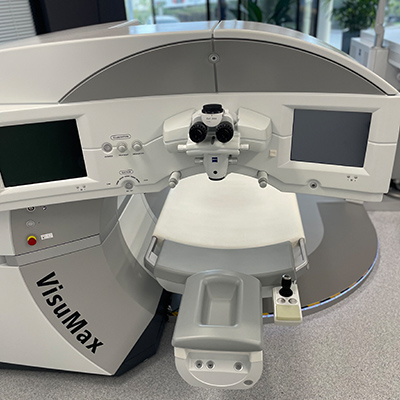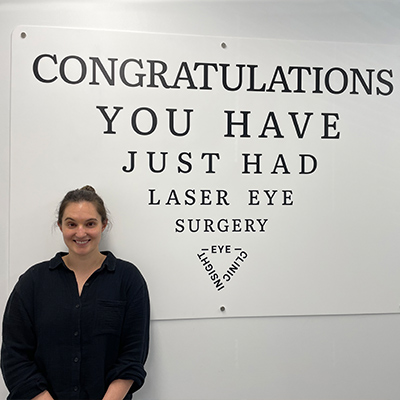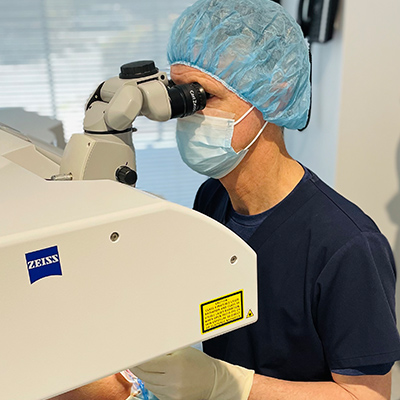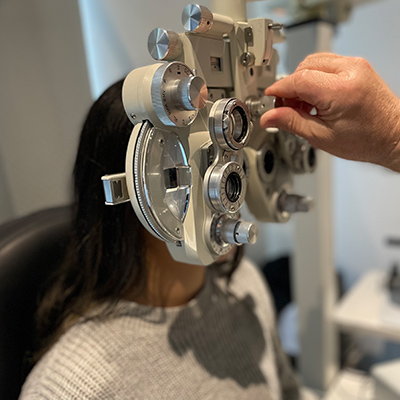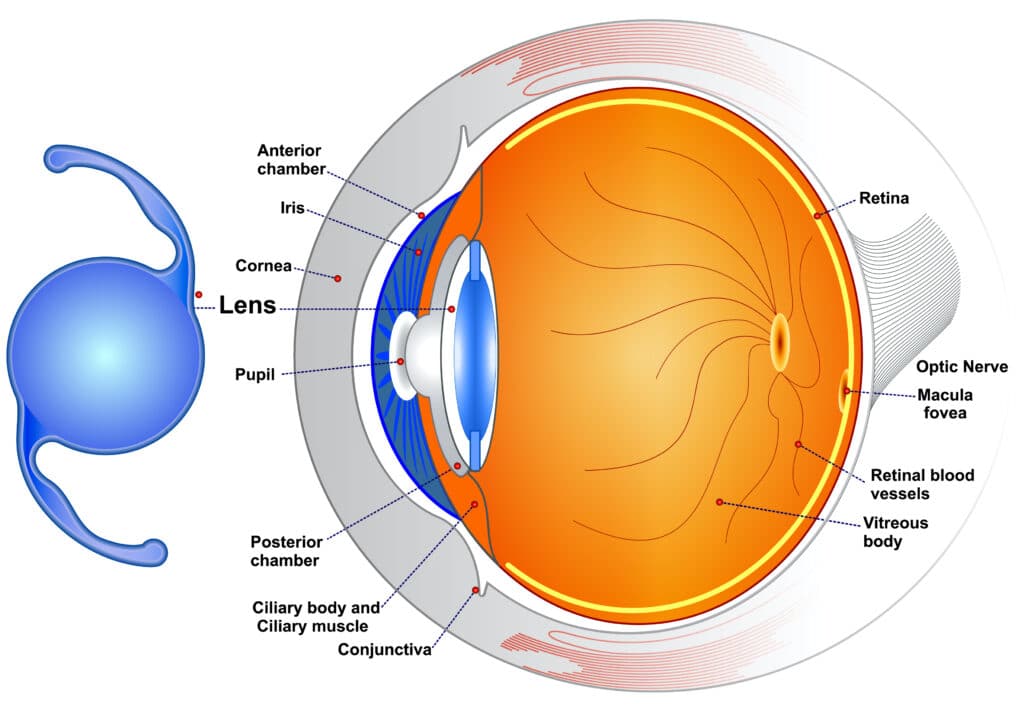
What is refractive lens exchange?
RLE is also known as refractive lens surgery, lens replacement surgery or clear lens exchange (CLE). An intraocular lens (IOL) is used to replace the natural lens within the eye. It is a revolutionary way to correct myopia (short sight), hyperopia (long sight), astigmatism (imperfection in the curvature of the eye) and presbyopia (age related loss of near vision). This procedure type is suitable in patients in their mid 40’s and older.
How is RLE surgery performed?
RLE surgery is completed using the same technique as cataract surgery although no cataract is present. The clear natural lens inside the eye is removed and replaced with an artificial intraocular lens (IOL). It is popular with patients who are above the age of 45. RLE is a great alternative to laser eye surgery for those over 45 as it can offer a more permanent near vision result as well as great distance vision. By replacing the natural lens, you will never suffer with cataracts or the visual deterioration caused by cataracts.
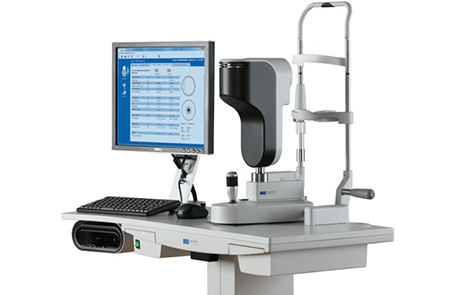 At your consultation
At your consultation
Dr Furness will establish the degree of refractive error present (glasses prescription) and determines which vision outcome option will work best based on the tests performed and your visual preferences.
There are various intraocular lenses available to suit all people and they provide different visual results. For example:
Monovision
Both distance and near vision can be achieved (without glasses) using a standard single focus lens. Your dominant eye is corrected to give you clear distance vision and the non-dominant eye is corrected for near/reading vision. The brain creates a merge between the images from each eye giving you optimal intermediate vision also. Approximately 20% of patients brains cannot adapt to the difference in vision between the two eyes and are therefore; not suitable for a monovision correction.
EDOF (extended depth of focus) lenses
The EDOF IOL provides clear distance and intermediate vision whilst offering improvements to near vision. Dr Furness describes your near vision outcome by saying ‘you will be able to read your phone or a menu at arm’s length.’ The opportunity to perform several near vision related tasks without visual aid that are not currently possible.
EDOF IOLs eliminate the overlapping of near and far images caused by traditional trifocal IOLs. As a result, glare and halo effects at night-time are vastly reduced/eliminated.
Trifocals (also known as multifocals)
Distance, intermediate and near vision can be achieved without glasses or contact lenses using this type of lens. Trifocal’s are an alternative for those that do not tolerate monovision or just prefer the idea of this over monovision. Using FineVision, created by Bausch & Lomb, many patients don’t need to wear glasses for everyday tasks such as driving, reading the car speedometer or even using their smart phone.
Distance/near vision only
Single vision lenses are used to correct the distance or near vision only in order to achieve clearer vision at the desired depth. If deciding to have distance vision correction only, it is likely that near vision glasses will be required for all near vision tasks up to arms length (not excluding beyond this) and vice versa for those choosing near vision correction in both eyes.
What happens on the day of surgery?
RLE surgery takes only 30 minutes and your outpatient visit to Perth Eye Hospital will be approximately 3 hours. You are required to begin an eye drop 3 days prior to your procedure and more medicated eye drops will be provided by the nursing staff on the day of your procedure. You will be advised to take these eye drops for a short period after your procedure to optimize your healing time and reduce the likelihood of post operative complications.
 Cost of surgery
Cost of surgery
At your consultation, you will be provided with a quote for the surgery type that is recommended for you. Surgery cost depends on the type of lens that is required to correct your vision to the highest standard. It also depends on several other factors. The cost of RLE surgery begins at $5,500 per eye.
Interest free finance is available for up to 2 years* which is very helpful when spreading the cost of your procedure. The application process is very simple and a dedicated and knowledgeable team member will discuss this with you during your consultation.
*A maximum amount of $10,000 AUD can be placed onto finance
Click here to Contact Us for more information or a consultation regarding RLE surgery
At your consultation
Cost of surgery


